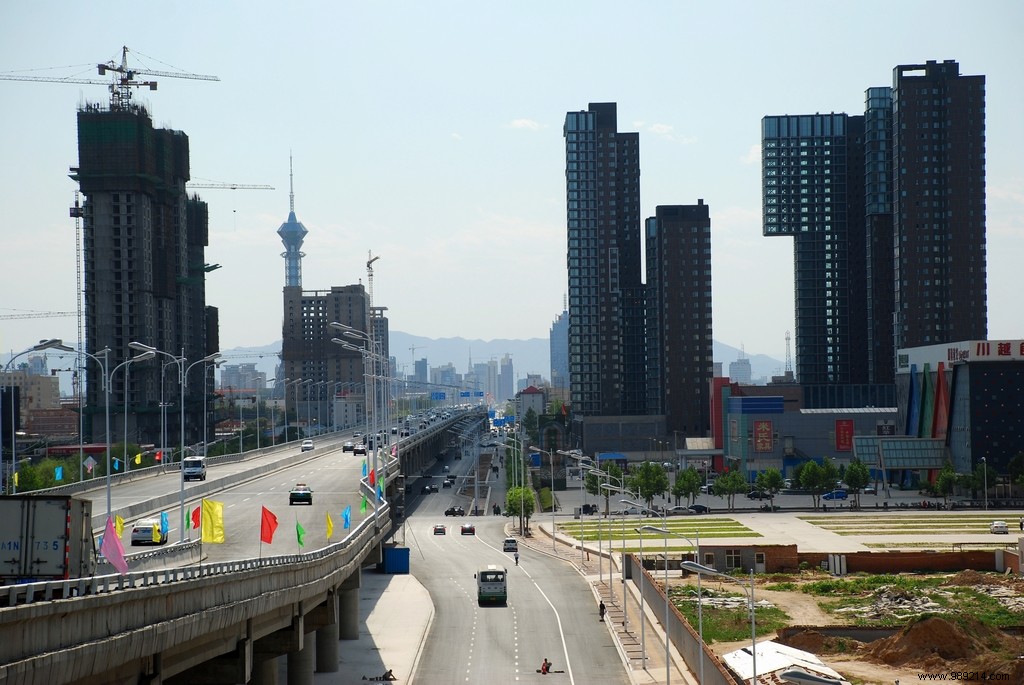A patient who tested positive for the SARS-CoV-2 coronavirus may have transmitted the virus to eight other healthy individuals at a public bathhouse in Huai'an, about 700 km northeast of Wuhan, China.
Many infectious diseases wax and wane over the course of a year. They are then called "seasonal". Some viruses, like the flu, are more comfortable when the weather turns cold and dry, for example. This is why the arrival of fine weather generally signals the end of the flu epidemic.
It has been suggested that the Sars-Cov-2 coronavirus, which is transmitted in the same way, could also be naturally more discreet in a hot and humid environment. But is this really the case? A recent study published by researchers at Nanjing Medical University casts doubt.
Data from these works, detailed in the review JAMA , were collected from a hospital in Huai'an, in the Chinese province of Jiangsu. Nine patients, who had attended the same public bathhouse in the city, were hospitalized from January 25, 2020 to February 10, 2020. Polymerase chain reaction (PCR) tests carried out found that all of these people were positive for the SARS-CoV-2.
The center attended by these nine patients (all men) measured approximately 300 m2. It contained a swimming pool, showers and a sauna. On site, the temperatures fluctuated between 25 and 41 ° C depending on the location, and the humidity rate was around 60%.
The first patient (1), who had traveled to Wuhan a few days earlier, showered in the center on January 18, 2020. He began to feel fever on January 19, 2020 and was diagnosed with COVID-19 the following January 25.
Seven other patients took a shower, used the sauna and swam in the same center on January 19 (patients 2, 3 and 4), on January 20 (patient 5), January 23 (patients 6 and 7) and January 24 (patient 8). Symptoms associated with COVID-19 (fever, cough, headache, chest congestion) appeared between 6 and 9 days after their visit in the center.
Patient 9, for his part, worked directly on site. His first symptoms appeared on January 30.

So what the researchers suggest is that a "super-spreader" returning from the city of Wuhan, considered the epicenter of the pandemic, may have transmitted the virus to eight other people in an environment where the temperature was above 25° C, and where the humidity was around 60%.
So if indeed previous studies have shown that the rate of transmission of certain respiratory viruses seems to drop considerably in a hot and humid environment, judging by the results of these works, it would appear that the transmissibility of SARS-CoV-2 may not show any signs of weakening in such a setting , explain the researchers.
It should nevertheless be noted that this study remains limited by a lack of detail on the potential routes of transmission of the pathogen . It is now well established that SARS-CoV-2 can spread via the projection of respiratory droplets, and therefore by very close contact. And, a priori, patients 2, 3 and 4 attended the center a day after the passage of patient number 1 considered as the "super-spreader".
The results of this study should therefore be taken with a grain of salt. Nevertheless, explain the researchers, they could provide a new epidemiological clue to better understand the behavior of this new coronavirus.
Source